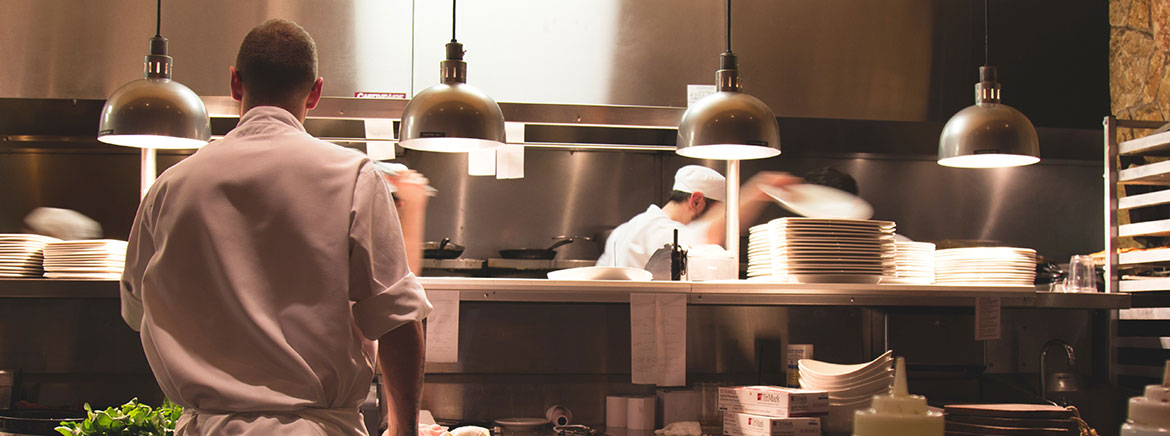
With the green movement continuing to impact how we live and preserve our environment for future generations, the foodservice equipment manufacturers have tremendously improved their equipment with the latest technologies and renovation in response to sustainability demand. Going green with smart kitchen design and replacing conventional cooking equipment with innovative equipment are no longer an option, but we must learn to adapt to changes in order to better serve our customers.

Smart design and layout of a commercial kitchen will result a significant influence on the functionality, construction and operation costs, which architects, engineers and owner operators continue to search for solutions to simplify the complexity of the food service industry. Careful planning and research is required in order to ensure cost efficiency and avoid cost overruns. Tam-Interiors’ objective is to simplify this complex industry by providing the clients our expertise, experience, and the latest trends and information in food service that will produce profit to food service operations. email us

A few factors we used to design a functional, costs effective, energy and water efficiency and to simplify the cook line with new and innovative equipment such as:
Budget planning by allocating funding in “smart design & equipment” that will save the operators money on operation and construction costs are high priority during our design development phase. With features listed above, we are able to reduce the length of the exhaust hood that will result in reducing the construction cost, and eliminate unnecessary cost on additional equipment and installation.

In addition, we also can provide sustainability calculation on foodservice equipment that will help the architects, engineers, and owner operators: to increase LEED points in foodservice equipment on LEED projects, to save the owner operators on utility bills through energy efficiency and reduce water consumption, and the ease of operation maintenance years after.
A few hard facts on energy consumption in commercial kitchen: